From Pharmacist to Clean Beauty Advocate
5 years ago by
I remember locking myself in the bathroom on a breezy morning during a family vacation at Lake Wallenpaupack in the Pocono Mountains. At the time, I had an almost one-year-old and had just stopped breastfeeding. For the first time in what felt like a very long time, I wasn’t pregnant or breastfeeding and I could finally drink as mothers are intended to do on vacation. In my mind, I could also go back to using my favorite skincare products, which I decided to pause on when I found out I was pregnant with my daughter for the first time circa 2015. I was a first time mom and extremely cautious about what I was putting in and on my body.
Flash forward to the lake house almost two years later and I was ready to get back into my normal skincare routine. My mind was screaming, bring back the retinol! Except, I was feeling kind of nauseous, and bloated and I couldn’t remember the last time I had my period… By now, you can probably guess what happened next. After making my husband take a very suspicious drive to the pharmacy for a pregnancy test, I took the aforementioned test and I was pregnant! So definitely no alcohol but also, I was back to questioning every skincare product. For pregnancy 2.0, I was determined to become knowledgeable about skincare ingredients, what was harmful and what was pregnancy safe. I wasn’t ready to give up my entire beauty routine but I also wanted to make sure whatever I was absorbing was safe. I started thinking about clean beauty.
You can say I’m a clean beauty advocate, but an apprehensive one. Afterall, clean beauty companies are still trying to sell us products. I was cautious and had issues with writing off products as toxic without data to back it up. What is clean beauty anyway? Is it legitimate or another way to promote a product? What does it mean when an ingredient is possibly linked to cancer or is known as an endocrine disruptor? I was seeing brands discuss ingredients like phthalates and parabens being linked to hormone disruption and autoimmune diseases. Aluminum in antiperspirants being linked to breast cancer and Alzheimer’s disease. Talc, a mineral commonly found in cosmetics, potentially being contaminated with asbestos. Were all of these statements definitive? It felt as though many companies were making unsubstantiated claims and labeling their products as nontoxic and safe to differentiate themselves in a crowded market.
Another point that bothered me was that there is no legal definition for terms like “clean” and “natural” and “nontoxic” and the FDA does not provide guidance for the use of these terms. It’s not always easy to tell what is evidence-based and what is a marketing claim. I was seeing statements like “chemical-free,” which made me suspicious since everything is made up of chemicals…water, oxygen, everything. All skincare has chemicals. Whether or not a chemical is harmful is dependent on the dose. Studies are done to determine at what level an ingredient is safe and at what level it is toxic. Chemical is not a derogatory term. Similarly, just because a product is labeled as “natural” does not mean it’s safe. For example, essential oils can be irritants or as we all know, a natural substance like poison ivy is harmful. My mind was spinning.
As a pharmacist, I turned to the data. I started looking at the link between aluminum in antiperspirants and breast cancer and Alzheimer’s disease. After doing my own research, I realized there is no convincing data that shows a strong correlation between the use of antiperspirants and breast cancer. The National Cancer Institute concluded that additional research is needed to determine a relationship since studies have had conflicting results.
The Alzheimer’s Association released a statement that studies failed to confirm a role for aluminum in causing Alzheimer’s. Yet, other researchers have stated that some evidence suggests that elevated levels of aluminum in brain tissue may be linked to the progression of Alzheimer’s. There is no science-backed evidence that aluminum causes breast cancer or Alzheimer’s disease. Similar to aluminum, the data for other potentially harmful ingredients is conflicting. Yet, there is skepticism and companies are reacting to consumer demands by removing these questionable chemicals and creating “cleaner” alternatives. Typically, “clean” refers to free of parabens, sulfates, phthalates and other potentially harmful ingredients.
Looking at clinical trials, I realized that there isn’t always a clear causal relationship between an ingredient and its health effects. Sometimes the data is preliminary, limited to animals or lacking long-term exposure. Sometimes findings from earlier studies are never replicated. Unlike drugs, there isn’t enough research on the safety and efficacy of beauty products and individual ingredients before products come to market, especially in pregnancy. Clinical studies need volunteers and not many pregnant people are volunteering to test out ingredients on themselves.
Still, science is evolving and as consumers, we need to educate ourselves. It’s not always clear cut and you won’t find a definitive answer to the questions you may ask yourself. It’s difficult to 100% prove if something is harmful or not. Most often, the determining factor is the strength of evidence. The long-term effects of these ingredients are unknown, in particular the cumulative burden of being exposed over a lifetime. In my mind, there is doubt and that is enough for me to be cautious and seek alternatives to conventional beauty. What I find particularly concerning is that the FDA has minimal oversight over beauty companies and cosmetic laws in the US haven’t been updated since 1938. The Campaign for Safe Cosmetics cites that there are thousands of ingredients (more than 1300) in US products that are banned in Europe.
Building a skincare routine can be completely overwhelming, especially with confusing marketing terms in the mix. I take a conservative approach to skincare and add one researched product at a time and for the most part, I try to use a clean beauty product when it’s available and effective. One of my favorite products is Vintner’s Daughter Active Botanical Serum, containing nutrient rich botanicals that leave my skin feeling radiant. It’s probably the most expensive skincare product I own but it makes my skin look and feel so good, I can’t give it up. Another product I’ll be restocking for years is the Summer Fridays Super Amino Gel Cleanser, a gentle cleanser with mineral-rich seawater. It helps make my skin feel clean without a harsh, drying effect. I’ve been using this cleanser since February and haven’t had any breakouts, despite what one may call a stressful pandemic environment.
We’re fortunate in that there are more clean beauty options on the market now and the research is evolving. Many beauty products and ingredients have limited safety data or even more frustrating, have safety data that is conflicting. My recommendation with beauty and skincare is to keep asking questions and do your own research. Once you have the data, you can make your own beauty decisions.
Here are a few clean beauty products I’m currently loving.
Makeup:
Saie Mascara 101
RMS Lip2Cheek
Kosas Revealer Concealer
ILIA NightLite Bronzer Powder
Skincare:
Vintner’s Daughter Active Botanical Serum
Drunk Elephant Protini Moisturizer
Summer Fridays Super Amino Gel Cleanser
Nécessaire’s Natural Deodorant
Drunk Elephant Virgin Marula Oil

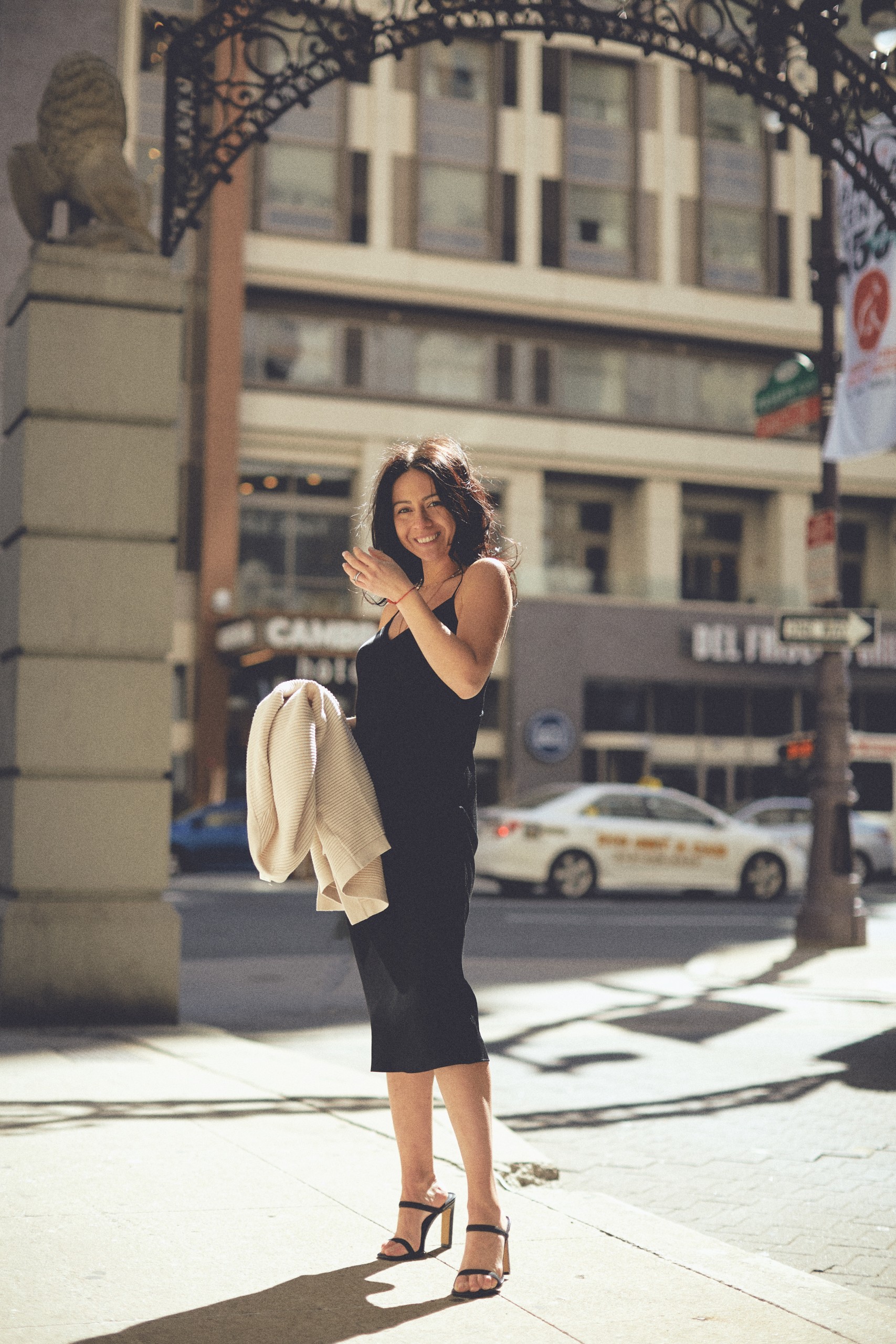
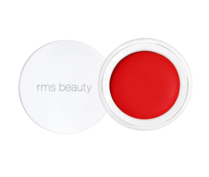

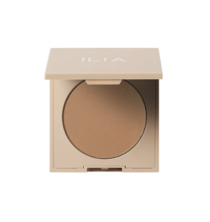
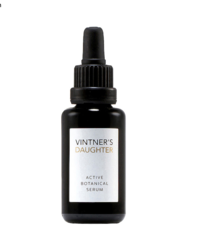
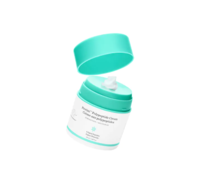
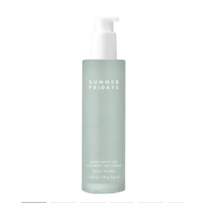
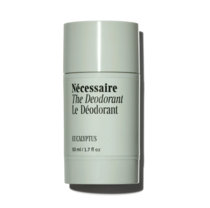
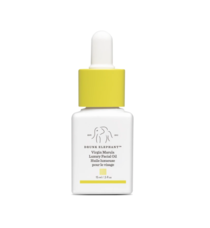




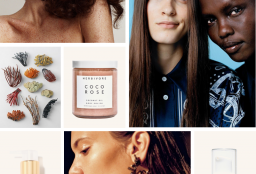
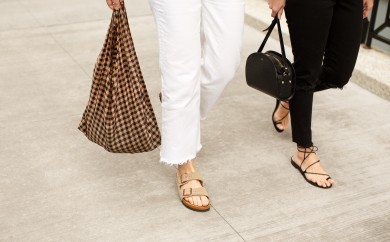
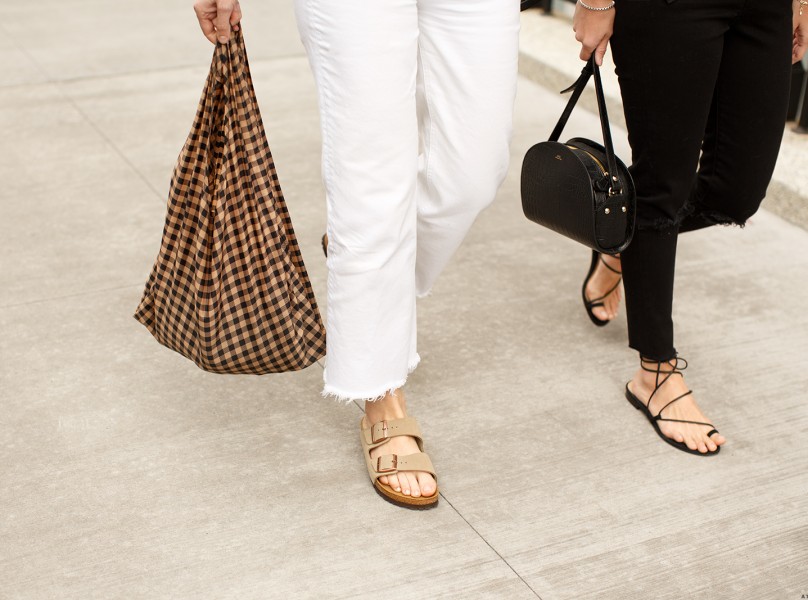
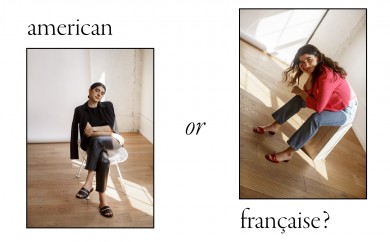
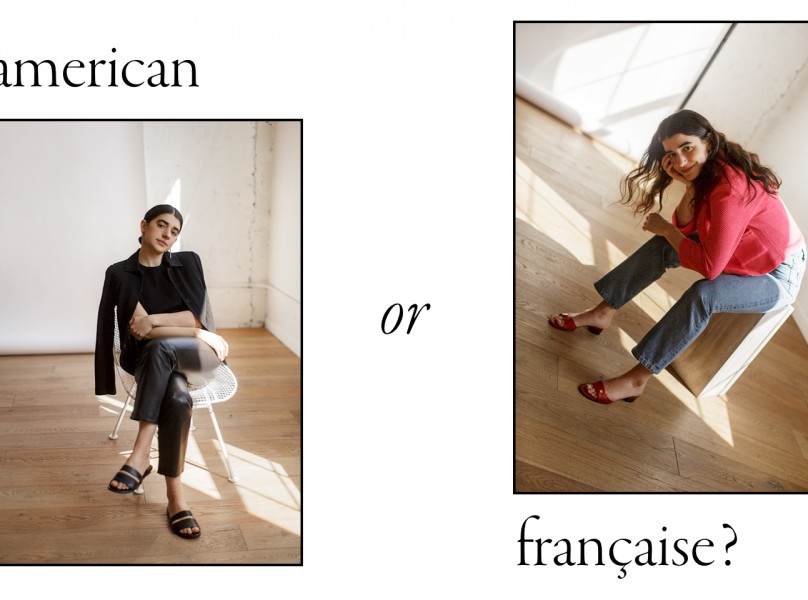
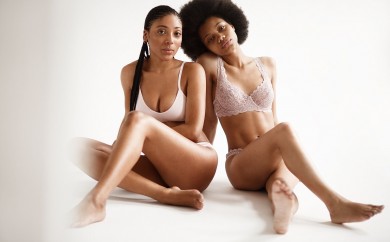
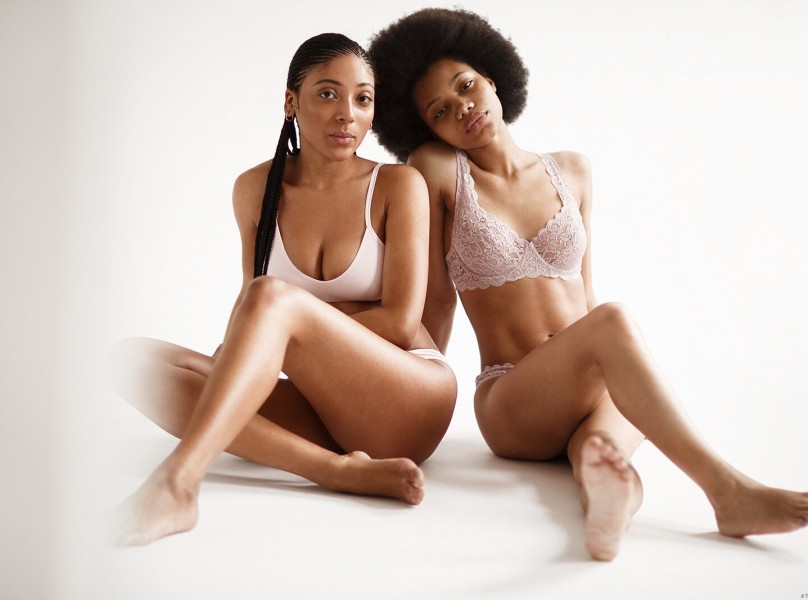
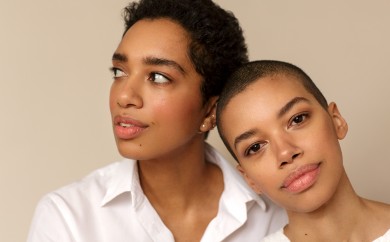
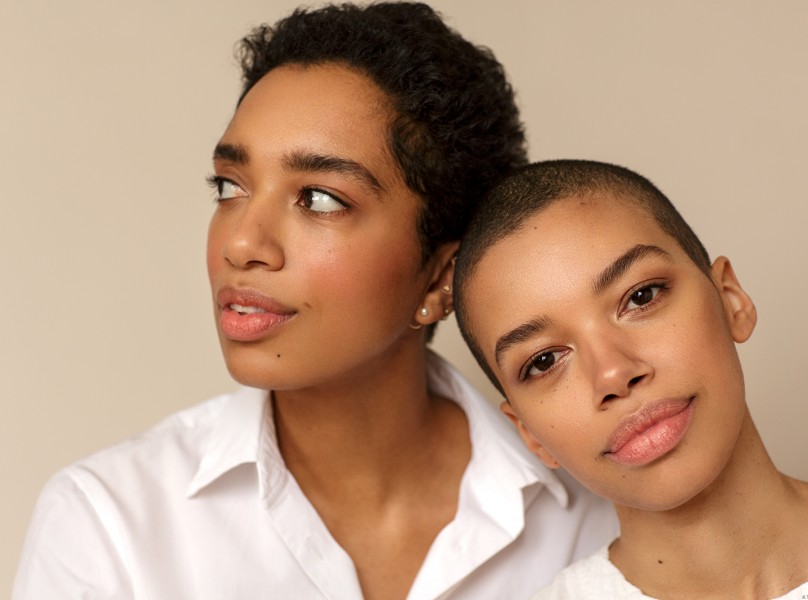
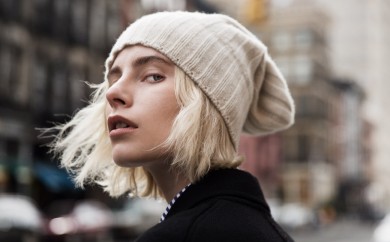
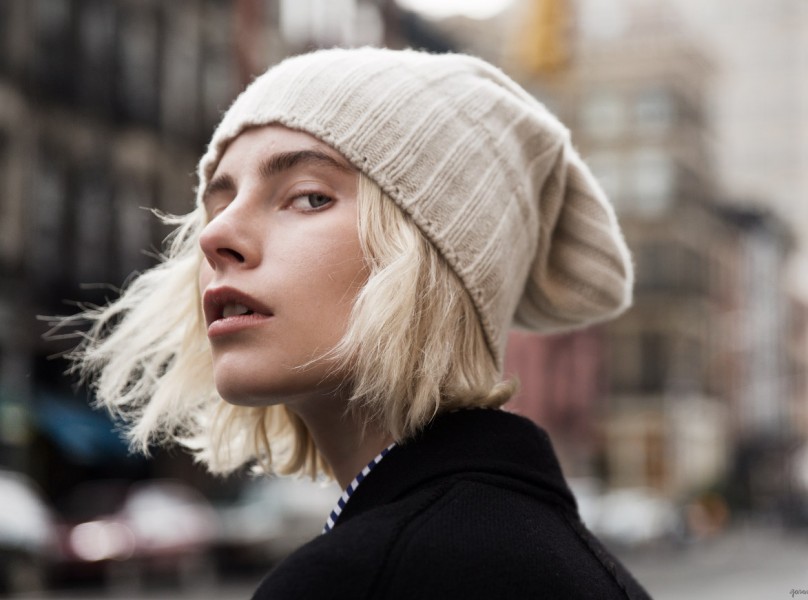
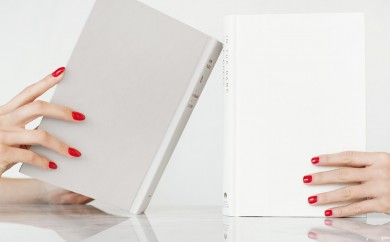
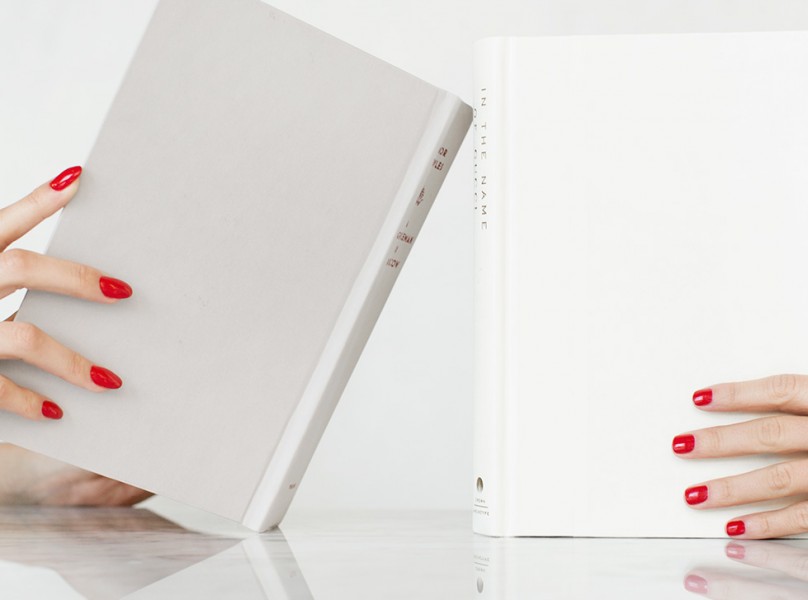
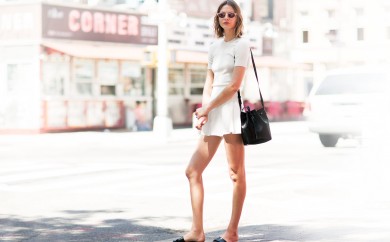
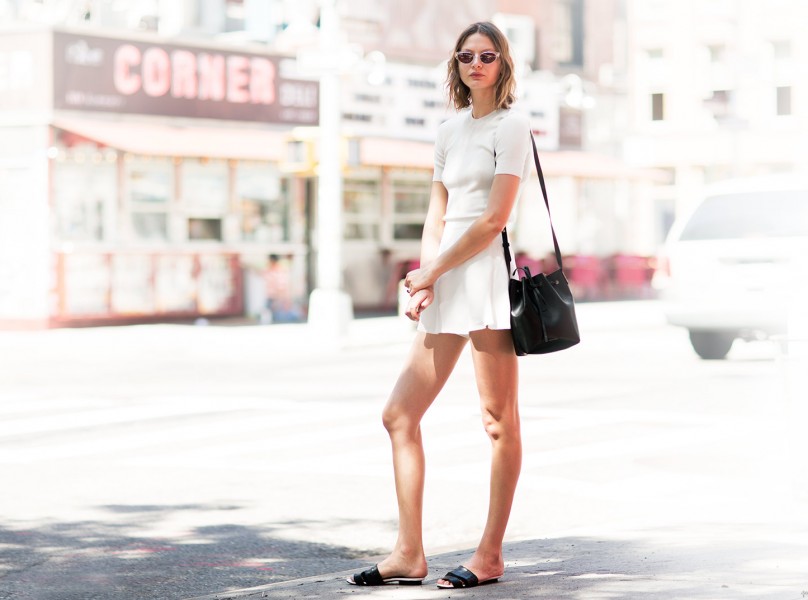
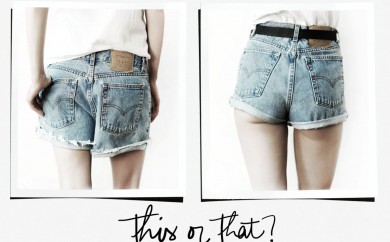
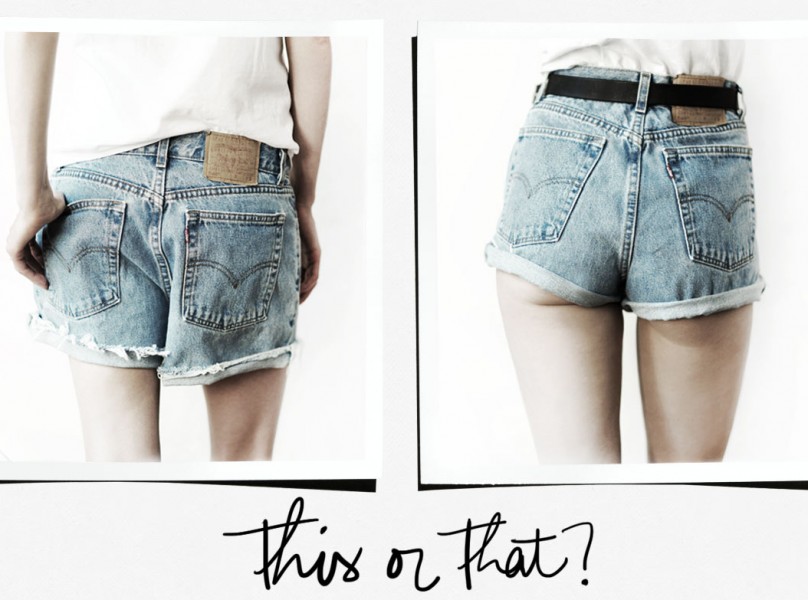
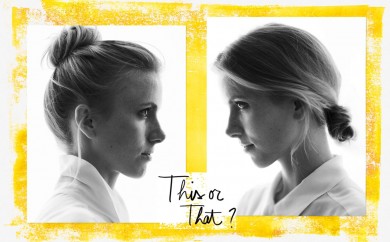
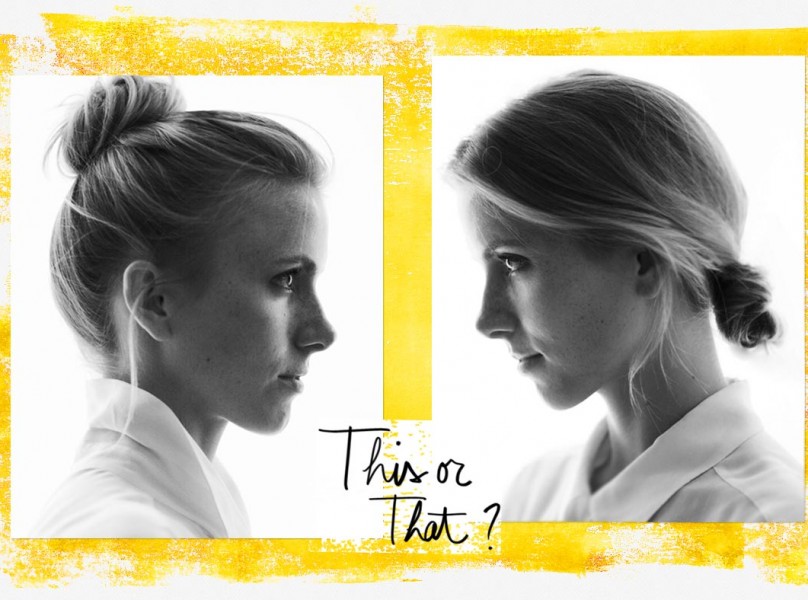
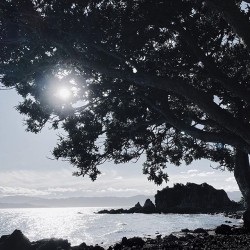
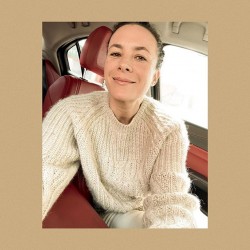
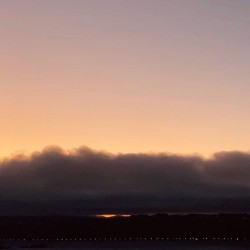
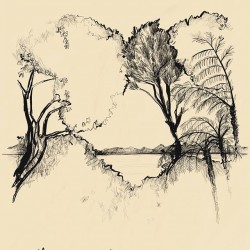
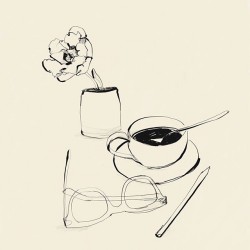
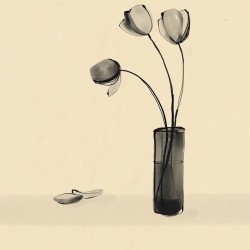
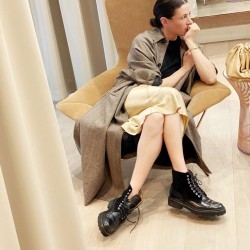
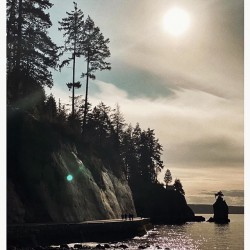
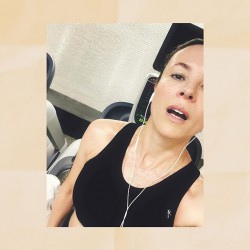
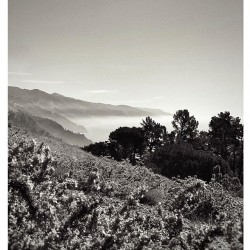
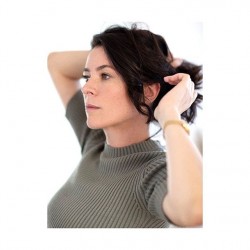
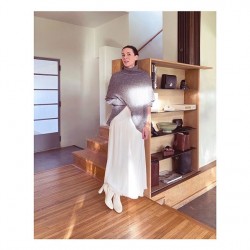
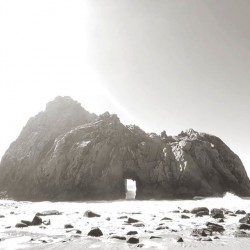
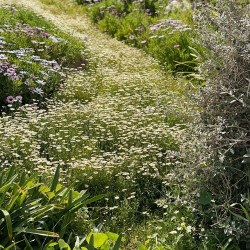
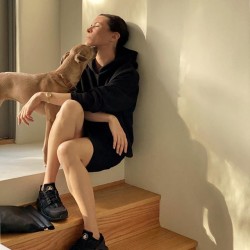
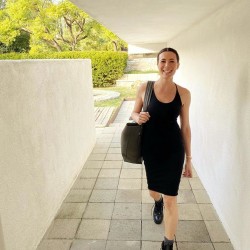
Tellement vrai… La limite entre les soins de pharmacie et la slow cosmétic est très fin…